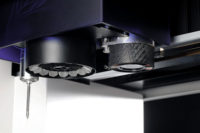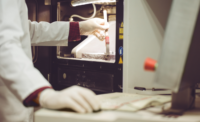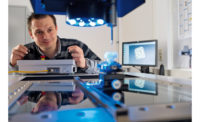What is multi-sensor metrology? Multi-sensor metrology systems have become a critical tool for quality control. These systems utilize various sensors such as optical and video, tactile scanning or touch trigger probes, and laser technologies to assess the dimensions and qualities of objects precisely and comprehensively. This versatile tool enables highly accurate 3D measurements, facilitating quality control, inspection, and reverse engineering across various industries. By combining different sensors, it can capture surface profiles, textures, and complex geometries, making it an invaluable asset for ensuring product quality and optimizing manufacturing processes.
In today’s increasingly competitive industrial landscape, precision and accuracy have become paramount in ensuring product quality, process efficiency, and compliance with regulatory standards. As a result, many industries rely heavily on multi-sensor metrology equipment to measure and verify the dimensional and geometric properties of their products. However, the decision to invest in new metrology equipment is not solely about the hardware and/or software itself; it also involves the critical considerations of support and service. In this article, we will delve into why support and service are of paramount importance when investing in multi-sensor metrology equipment.
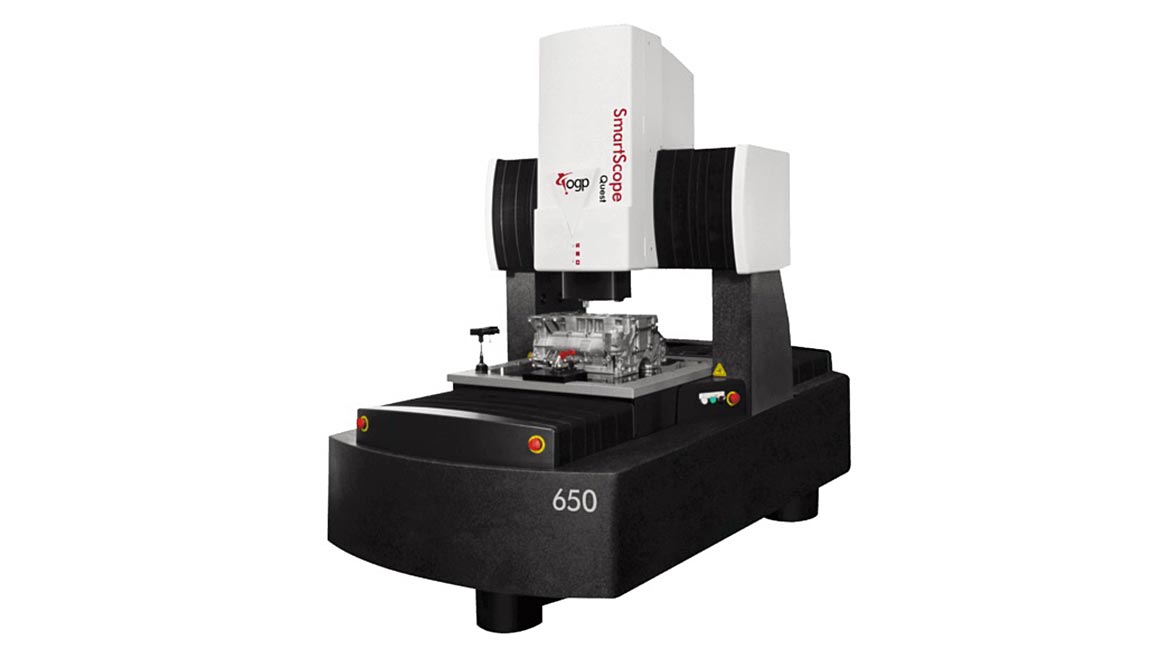
1. Maximizing Equipment Uptime
One of the foremost reasons support and service are critical in the context of metrology equipment is the need to maximize equipment uptime. Downtime can be a significant cost driver, as it disrupts production schedules and can lead to missed deadlines and dissatisfied customers. When investing in new metrology equipment, it is essential to ensure that the manufacturer or supplier offers prompt and effective support services. This includes technical assistance, troubleshooting, and rapid response to any issues that may arise. Minimizing downtime ensures that the investment in the equipment translates into increased productivity and profitability.
2. Maintenance and Calibration
Metrology equipment requires regular maintenance and calibration to ensure accurate and reliable measurements. Neglecting these crucial tasks can lead to measurement errors, which can have far-reaching consequences, particularly in industries where precision is paramount, such as aerospace and medical device manufacturing. Investing in metrology equipment without a comprehensive maintenance and calibration plan is akin to purchasing a high-performance sports car and never changing its oil or maintaining its engine. Support and service providers often offer preventive maintenance plans and calibration services to keep equipment in optimal condition, thus safeguarding the accuracy of measurements.
3. Training and Knowledge Transfer
The effectiveness of metrology equipment depends not only on the quality of the hardware but also on the competence of the personnel operating it. Investing in new metrology equipment often requires a learning curve, as operators need to understand the equipment’s features, capabilities, and best practices for its use. Support and service providers frequently offer training programs and resources to ensure that operators are proficient in utilizing the equipment to its full potential. This knowledge transfer is critical for maximizing the return on investment (ROI) and achieving the desired level of accuracy and efficiency.
4. Compliance and Traceability
In many industries, regulatory compliance is non-negotiable. Metrology equipment is often used to verify product quality and ensure that it meets regulatory standards and specifications. Consequently, it is essential that the equipment itself and the measurements it produces are traceable and comply with relevant quality assurance and calibration standards. Support and service providers can assist in establishing and maintaining the necessary documentation and processes to ensure compliance, thereby mitigating the risk of regulatory violations and associated penalties.
5. Adaptation to Changing Needs
Industries are dynamic, and business requirements can evolve rapidly. To remain competitive, companies must be agile and capable of adapting to new challenges and opportunities. Metrology equipment that lacks flexibility can become obsolete quickly, necessitating additional investments. Support and service providers can play a pivotal role in helping organizations adapt their metrology equipment to changing needs, whether through software updates, hardware modifications, or reconfiguration. This adaptability ensures that the initial investment remains relevant and continues to provide value over time.
6. Troubleshooting and Technical Expertise
Even the most advanced metrology equipment can encounter issues or unexpected challenges during operation. When these issues arise, having access to a knowledgeable and responsive support team can make all the difference. Support and service providers typically have a deep understanding of their equipment and can diagnose and resolve problems efficiently. Moreover, their technical expertise can assist in optimizing measurement processes, identifying root causes of issues, and suggesting improvements to enhance overall efficiency and accuracy.
7. Total Cost of Ownership (TCO)
When assessing the viability of investing in new metrology equipment, it is essential to consider the total cost of ownership (TCO). The TCO encompasses not only the initial purchase price but also ongoing expenses related to maintenance, calibration, training, and support. Support and service agreements can significantly impact the TCO, and choosing the right provider can lead to cost savings over the equipment’s lifespan. By opting for a support and service package that meets the organization’s specific needs, companies can better manage their budgets and allocate resources effectively.
8. Risk Mitigation
Investing in new metrology equipment entails inherent risks, including the risk of equipment malfunction, operational disruptions, and measurement inaccuracies. Adequate support and service arrangements act as a safety net, mitigating these risks by providing rapid response and effective solutions when issues arise. By proactively addressing potential challenges and having a reliable support system in place, organizations can minimize the negative impact of unforeseen events on their operations and reputation.
9. Long-term Relationship and Vendor Trust
Building a long-term relationship with a trusted metrology equipment provider is a valuable asset for any organization. When support and service are exceptional, it fosters trust and confidence in the supplier. Over time, this trust can lead to collaboration on future projects, access to new technologies and innovations, and a sense of partnership that goes beyond the initial equipment purchase. A strong vendor-client relationship can yield strategic advantages, including preferential access to updates and enhancements that enhance competitiveness.
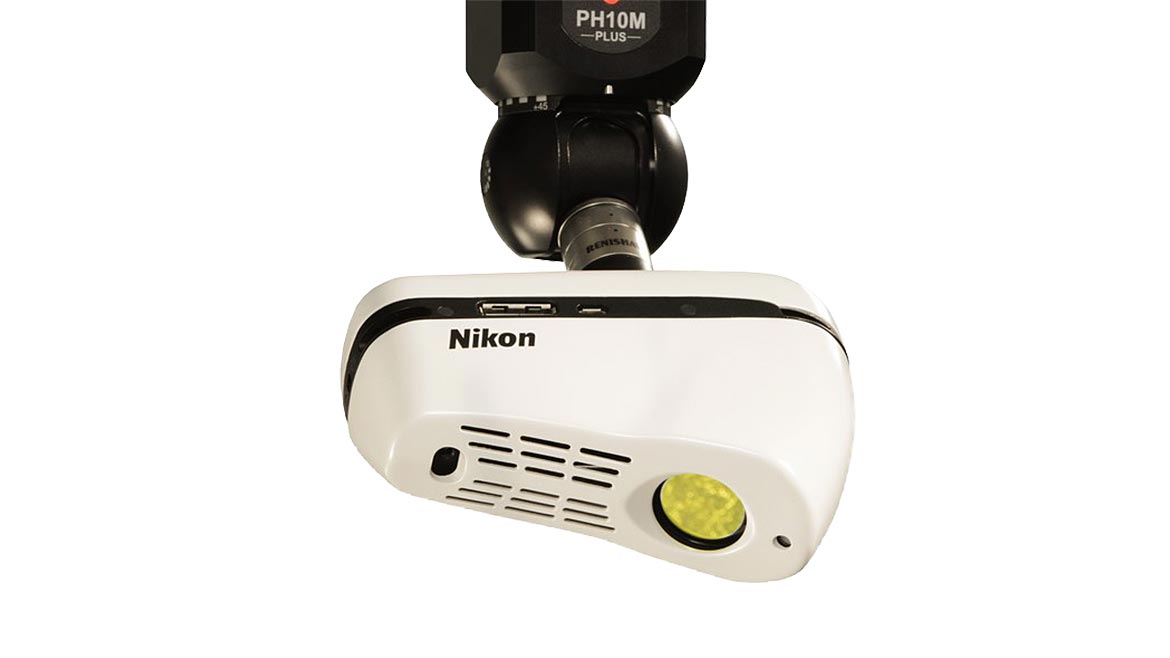
Conclusion
In conclusion, support and service are not mere add-ons but integral components of any investment in new metrology equipment. They play a pivotal role in maximizing equipment uptime, ensuring accuracy, compliance, and adaptability, and mitigating risks. The decision to invest in metrology equipment should be accompanied by a thorough evaluation of the support and service offerings from the supplier. This comprehensive approach is essential for achieving the desired outcomes, whether it’s improving product quality, enhancing operational efficiency, or staying ahead in an increasingly competitive market. In today’s fast-paced industrial environment, the right support and service can make all the difference between a successful investment and a costly disappointment.

